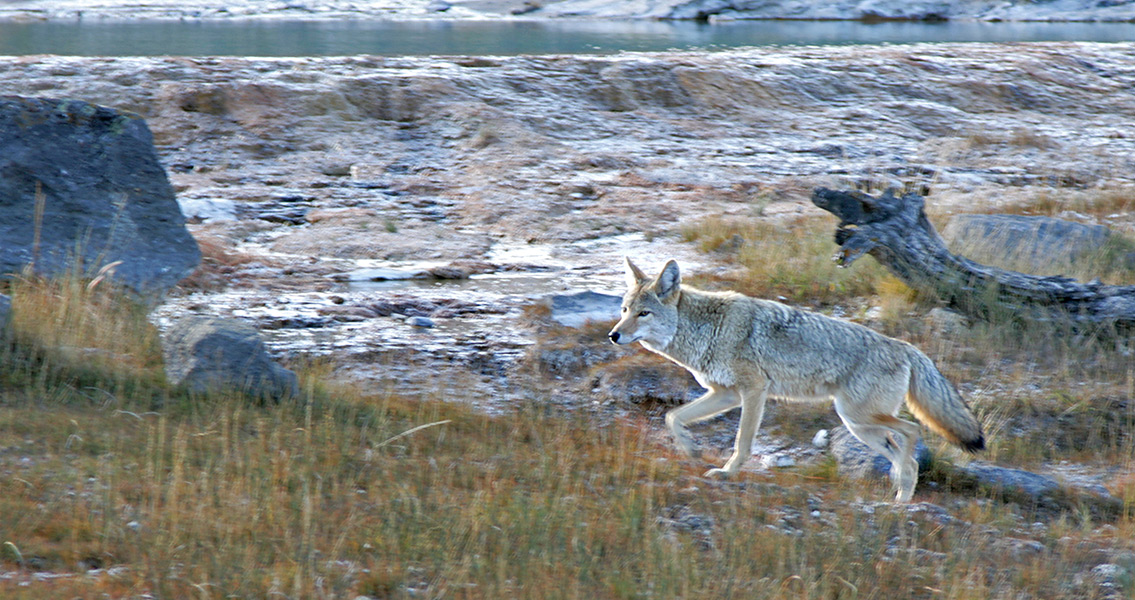<![CDATA[According to a new research study appearing in the journal Nature Communications, climate change could have been a direct influence on canine evolution, based on 40 million year old dog fossils found in North America. Study co-author and Brown University ecology and evolutionary biology professor Christine Janis claims that the new research results reinforce the concept that it’s not just herbivores that are directly sensitive to changes in habitat and climate. In fact, Professor Janis remarked that this is the first time such a path has been demonstrated, despite the seeming logic of the theory. Dogs, which are native to the North American continent, would have experienced a relatively warm climate around 40 million years in the past, with the majority of North America still covered in forest. These aren’t the same kinds of animals that we know and love today, however; fossil remains indicate more mongoose-like creatures that were more specialized at grappling prey with their forelimbs than running across open distances at high speed. However, just a few million years later on when the world's climate began to shift to cooler temperatures in North America, the growth threshold reached by the Rocky Mountains had begun to block the continental interior’s access to humid air. This helped to create the Great Plains as the forest lands retreated – and the research team have discovered that dogs began to evolve away from ambush predators and take a more wolf-like path that used pursuit hunting instead - a technique that’s quite well adapted to open plains. The biggest indicators, according to a statement released in conjunction with the publication of the research study, happen to be in the way the elbows of canine breeds changed from 40 million years ago to about 2 million years in the past. Professor Janis remarked that older elbows prior to the climate change were articulated in such a way to make grabbing prey and wrestling it to the ground easier, but as evolution ran its course these elbow joints changed to accommodate endurance running instead; the difference, the professor says, is similar to how domestic cats can easily pounce or ambush thanks to the design of their forelimbs yet modern dog breeds instead have elbows designed for long-haul pursuit. It wasn’t just the elbow joints of these ancient dogs that changed over time – these primitive canines had also encountered changes to their teeth as well. The research team discovered that newer fossils had more durable teeth – a special adaptation that researchers believe was necessary after prey animals were no longer present in a moist, forested environment but instead in the grittier, less hospitable savannah that had come to replace it. Next up for the researchers is an investigation as to how modern, anthropogenic climate change could affect canine evolution in the future. For more information: www.nature.com Image courtesy of Wikimedia Commons user: Flicka]]>
Study Says Climate Change Influenced Canine Evolution
